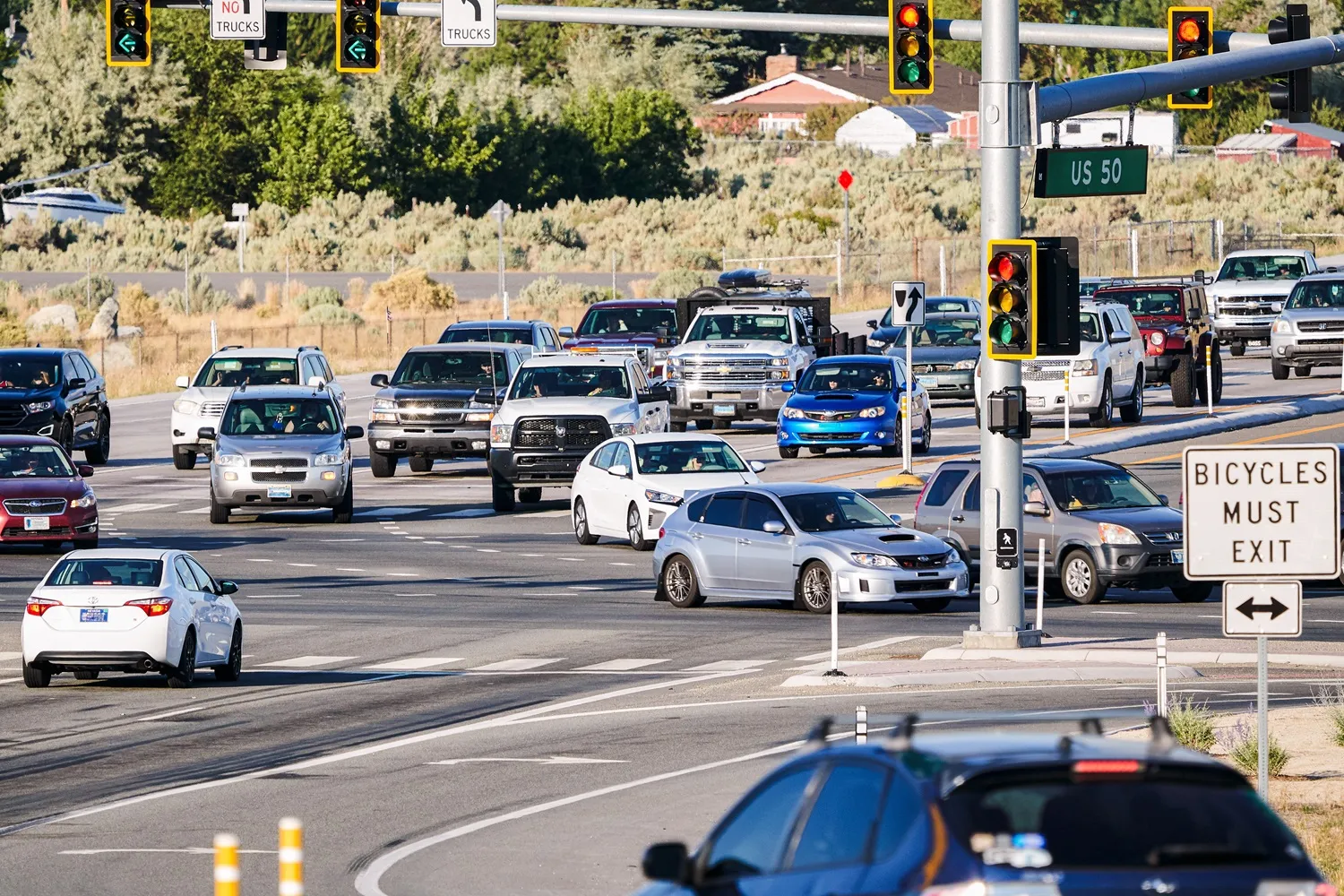Iteris has released its third generation SmartCycle bicycle detection and differentiation algorithm for its Vantage video detection platform. This award-winning and patented bicycle detection system was first released in 2012 and Iteris says it will continue to enhance and refine the system for the changing needs of the bicycling community.
Iteris says that SmartCycle provides the unique capability of distinguishing bicycles from other vehicles across all lanes of traffic. When a bicycle is detected at an
June 1, 2015
Read time: 2 mins

Iteris says that SmartCycle provides the unique capability of distinguishing bicycles from other vehicles across all lanes of traffic. When a bicycle is detected at an intersection, the system can extend the green light for that phase, ensuring the cyclist is able to safely cross the intersection.
This new generation enhances the accuracy and capabilities of the system to detect and differentiate bicycles in unique situations. In addition to a more accurate and flexible detection algorithm, the system also provides enhancements in handling multiple approaching bicycles and improved bike counting accuracy.
“This extension ensures safer crossing for the cyclist, and supports the goals of the USDOT’s Mayor’s Challenge promoting bicycle safety, and other programs nationwide such as Vision Zero and Toward Zero Deaths,” stated Adam Lyons, Director of Marketing, Roadway Sensors division, at Iteris. “The green light extension is now a requirement for new and replaced intersections in the states of California and Washington, and being considered in many more.”
Iteris concluded a scenic bike tour yesterday of Downtown Pittsburgh to kick-off this ITS America Annual Meeting, to not only highlight the detection system within Downtown Pittsburgh, but also to show existing safety accommodations for bicycles down Penn Avenue.










